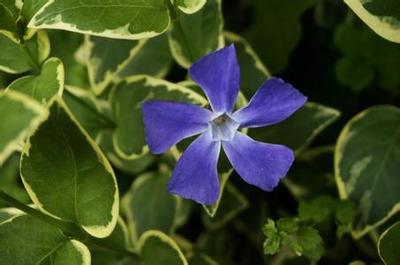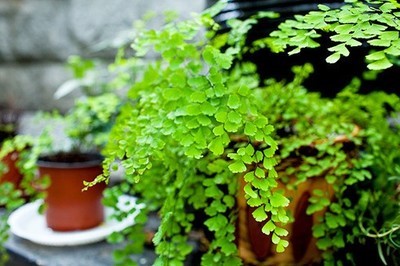Black bone tea bonsai how to raise black bone tea picture
Black bone tea, also known as black sandalwood, black bone incense, produced in Xinhui, Taishan and other places, is a new bonsai tree species in the past 10 years. Due to strong ornamental, easy to take care of and other reasons, in recent years more and more people like, coupled with slow growth without artificial cultivation, wild resources have almost been excavated, so the price has gone up all the way. Some good shape, old black bone tea bonsai has become the object of collection. Leaves small, alternate, heart-shaped, leathery, dark green. The new bud leaves are tender red. Shrubs. The bark and roots are black. The wood is hard. Slow growth, branch shape rising, mostly jungle-like, even root-like appearance, often encounter good jungle piles. The shaped tree-shaped works are only seen in bonsai magazines in Taiwan. Flowers small, white, born in leaf axils. The fruit and beans are big and yellow when ripe. Shade-tolerant, slightly acidic soil, drought-tolerant and barren-tolerant, it is a bonsai tree species dominated by foliage. Next, the editor of the net will introduce black bone tea to you.

- Prev

Picture of how to grow flowers and leaves and periwinkle
Catharanthus roseus (scientific name: Vincamajorvar.variegata) is a variety of Catharanthus roseus of Apocynaceae. It is distributed in Jiangsu and other places of Chinese mainland, but it has not been introduced and cultivated artificially at present. Dwarf, trailing branches, creeping growth, more than 2 meters long
- Next

The Culture method of Dryopteris Dryopteris
Among ferns, Dryopteris is one of the most popular cultivated species. Beautiful stems and leaves, beautiful shape, small plant type, very suitable for small pot cultivation and embellished with mountain and stone bonsai. Because the black petiole is slender and shiny, very similar to human hair, plus its texture is very soft, like a girl's soft hair
Related
- Fuxing push coffee new agricultural production and marketing class: lack of small-scale processing plants
- Jujube rice field leisure farm deep ploughing Yilan for five years to create a space for organic food and play
- Nongyu Farm-A trial of organic papaya for brave women with advanced technology
- Four points for attention in the prevention and control of diseases and insect pests of edible fungi
- How to add nutrient solution to Edible Fungi
- Is there any good way to control edible fungus mites?
- Open Inoculation Technology of Edible Fungi
- Is there any clever way to use fertilizer for edible fungus in winter?
- What agents are used to kill the pathogens of edible fungi in the mushroom shed?
- Rapid drying of Edible Fungi

